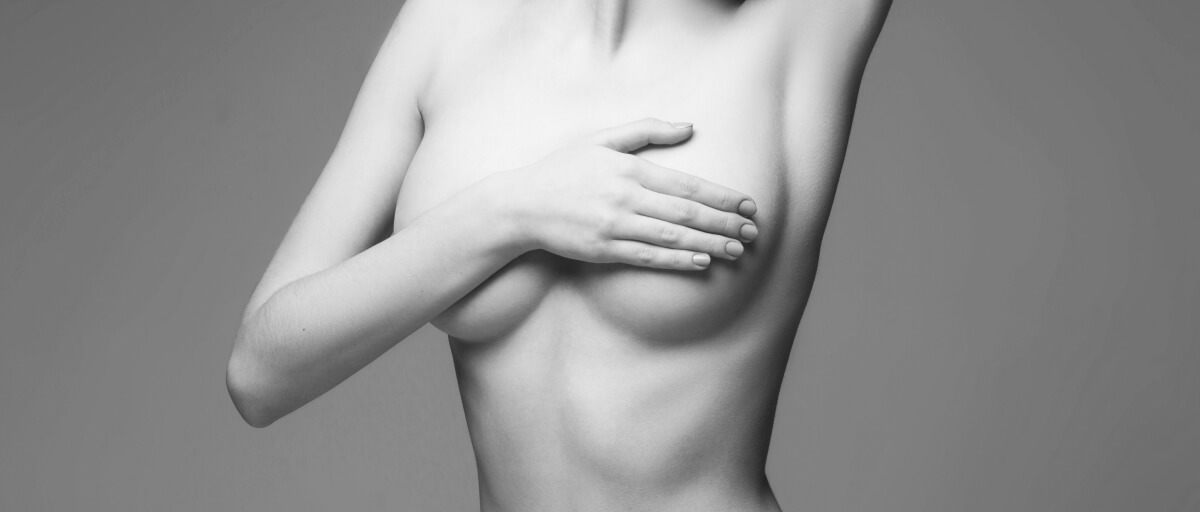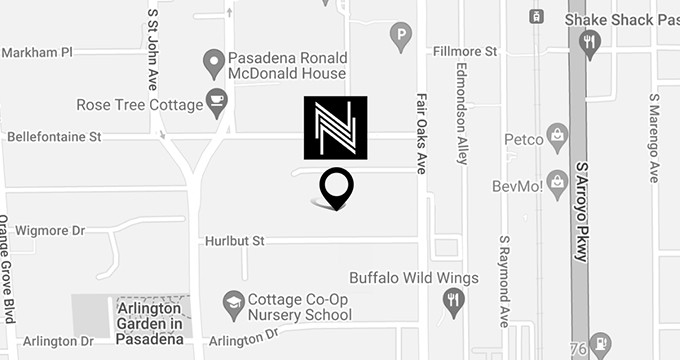
Achieving natural-looking results with breast augmentation is a priority for many patients seeking to enhance their appearance. While breast augmentation is a well-known procedure, the nuances of attaining results that look and feel natural are often overlooked. This involves more than just selecting the right implant size; it requires a tailored approach that considers the patient’s body type, surgical technique, and post-operative care. In this article, we’ll explore the key factors that contribute to a natural aesthetic, offering insights that go beyond the standard advice typically found in cosmetic surgery discussions.
Understanding Natural-Looking Breast Augmentation
Natural-looking breast augmentation refers to enhancing the size and shape of the breasts while maintaining a realistic and harmonious appearance that aligns with the patient’s overall body proportions. This concept is rooted in the idea that the results should complement the patient’s natural anatomy rather than appear exaggerated or artificial. Achieving this look requires a careful balance between the choice of implants, surgical technique, and the patient’s unique physical characteristics.
Can Breast Augmentation Look Natural?
Yes, breast augmentation can look natural when approached with an emphasis on proportion, symmetry, and appropriate implant selection. It’s important to debunk the myth that breast implants always look artificial. With advancements in surgical techniques and implant materials, achieving a natural appearance is more feasible than ever. Real patient experiences and before-and-after photos often showcase how well-done augmentations can blend seamlessly with the body’s natural aesthetics.
Choosing the Right Implant for a Natural Look
Choosing the right implant is one of the most critical decisions in achieving a natural-looking breast augmentation. Several factors come into play, including the implant’s size, shape, and material, all of which must be carefully considered to ensure a harmonious and realistic result.
Implant Size and Shape
The size and shape of the implant are pivotal in determining how natural the augmentation will appear. Selecting an implant size that is proportionate to the patient’s body is essential for maintaining a balanced and natural look. Oversized implants can often result in an unnatural appearance, while a size that complements the patient’s frame will look more organic. The shape of the implant, whether round or teardrop, also plays a role. Teardrop-shaped implants, for instance, mimic the natural slope of the breast, providing a more natural contour, especially for those looking to enhance the upper pole of the breast subtly.
Implant Material: Silicone vs. Saline
When it comes to implant material, patients typically choose between silicone and saline. Silicone implants are favored for their ability to mimic the feel of natural breast tissue, making them a popular choice for those seeking a natural look. The cohesive gel in silicone implants allows for a more lifelike texture and movement, whereas saline implants, while safe and adjustable, may feel firmer and are more prone to visible rippling. The choice between silicone and saline often depends on the patient’s priorities in terms of feel, safety, and the desired aesthetic outcome.
Most Natural Looking Breast Implants
Currently, silicone implants, particularly the highly cohesive “gummy bear” implants, are considered the most natural-looking option. These implants maintain their shape while closely mimicking the softness of natural breast tissue. Additionally, advancements in implant design have led to options that reduce the risk of rippling and provide a more seamless integration with the body’s natural contours, making them the top choice for patients desiring a natural look.
Surgical Techniques for Natural Results
The surgical technique used in breast augmentation plays a crucial role in achieving natural-looking results. A skilled surgeon will carefully consider implant placement, incision methods, and additional techniques like fat grafting to enhance the final outcome.
Placement of the Implants
Implant placement is a key factor in how natural the breasts will appear post-surgery. Implants can be placed either above or below the pectoral muscle. Submuscular placement (under the muscle) is often recommended for those seeking a more natural look, as it provides better coverage of the implant, especially in patients with less natural breast tissue. This placement also helps to create a more gradual slope at the upper pole of the breast, mimicking the natural breast contour.
Incision Techniques
The location and type of incision can influence both the aesthetic outcome and the visibility of scars. Common incision sites include the inframammary fold (beneath the breast), periareolar (around the nipple), and transaxillary (in the armpit). The inframammary incision is often preferred for its ability to provide optimal access for precise implant placement while minimizing visible scarring. A well-placed incision, combined with meticulous surgical technique, can help ensure that scars are discreet and do not detract from the natural appearance of the breasts.
The Role of Fat Grafting
Fat grafting, or fat transfer, is a technique that can be used in conjunction with implants to enhance the natural appearance of the breasts. During fat grafting, fat is harvested from another area of the patient’s body, such as the abdomen or thighs, and injected into the breasts to smooth out the edges of the implant, fill in any irregularities, and create a more natural contour. This technique is particularly beneficial for patients who desire subtle enhancements or want to improve the natural softness and feel of their breasts. Fat grafting can also be used alone in patients looking for a modest increase in breast size without the use of implants.
Recovery Tips for Natural-Looking Results
Proper recovery is essential to ensure that breast augmentation results look natural and meet your aesthetic goals. Adhering to the right post-operative care can significantly influence the final outcome.
How to Massage Breasts After Augmentation
Massaging the breasts after augmentation can help soften the implants, promote even healing, and prevent complications like capsular contracture. Your surgeon will provide specific instructions on how and when to start massaging. Generally, gentle, circular motions around the implant help maintain a natural shape and feel. It’s important to follow your surgeon’s guidelines to avoid applying too much pressure, especially in the early stages of recovery.
What to Wear After Breast Augmentation
Wearing the right garments post-surgery is crucial for supporting the healing process. Surgeons typically recommend wearing a compression bra or surgical bra for the first few weeks. These garments help minimize swelling, support the breasts, and aid in proper implant positioning. After the initial recovery phase, transitioning to a well-fitted, non-underwire bra can help maintain your results and provide long-term comfort.
How Do You Sleep After Breast Augmentation?
Sleeping in the correct position is vital for a smooth recovery. During the first few weeks, it’s recommended to sleep on your back with your upper body slightly elevated. This position helps reduce swelling and prevents undue pressure on the implants. Using extra pillows or a recliner can help maintain this position comfortably. Avoid sleeping on your stomach or sides until your surgeon confirms that it is safe to do so, as these positions can affect the implant placement and compromise the natural look of your results.
Addressing Common Concerns
When considering breast augmentation, many patients have concerns about the procedure, recovery, and long-term outcomes. Addressing these concerns is essential for making an informed decision.
How Painful is Breast Augmentation?
Pain is a common concern among those considering breast augmentation. While some discomfort is expected, most patients find the pain manageable with prescribed medications and proper care. The level of pain varies depending on the surgical technique and individual pain tolerance. Typically, patients experience the most discomfort in the first few days post-surgery, with significant improvement after the first week. Following your surgeon’s post-operative care instructions can help minimize pain and ensure a smoother recovery.
How Soon Can I Exercise After Breast Augmentation?
Returning to exercise is another frequent concern. Patients are usually advised to avoid strenuous activities for at least four to six weeks after surgery. Light walking can be resumed a few days post-surgery to promote circulation, but activities that involve heavy lifting or upper body movement should be avoided until cleared by your surgeon. Gradually reintroducing exercise under your surgeon’s guidance ensures that your recovery progresses smoothly and your natural-looking results are preserved.
Is Breast Augmentation Covered by Insurance?
Insurance coverage for breast augmentation is generally limited to cases involving reconstructive surgery, such as after mastectomy. Cosmetic breast augmentation is typically considered elective and is not covered by insurance. However, financing options are often available to help manage the cost. It’s important to discuss your financial options with your provider during your consultation to plan accordingly.
Conclusion
Achieving natural-looking results with breast augmentation involves a combination of careful planning, selecting the right implants, employing precise surgical techniques, and following proper recovery protocols. By understanding the nuances of each step, patients can enhance their natural beauty while maintaining a harmonious and realistic appearance. Whether you’re just beginning your research or ready to take the next step, it’s essential to consult with a skilled plastic surgeon who can guide you through the process.
For personalized advice and to explore your options, visit us or call (626) 696-8181 to schedule an appointment.


